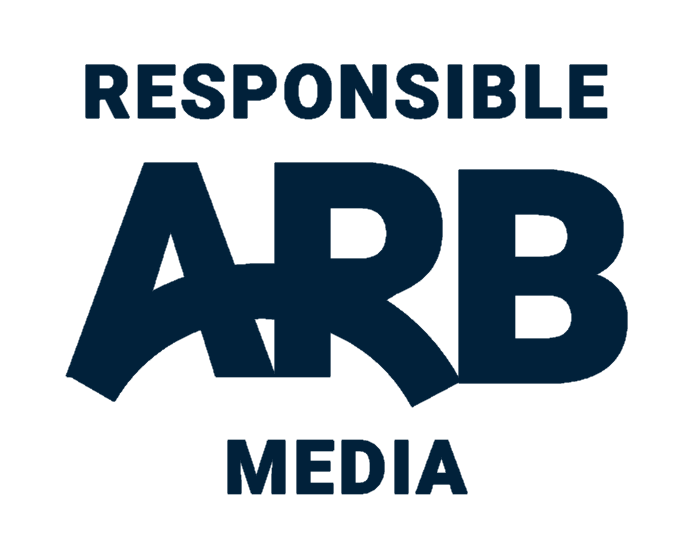National
South African albino model shatters stereotypes─── 05:15 Wed, 20 Jan 2016

Thando Hopa (Supplied)
Johannesburg - South Africa's Thando Hopa is a model, lawyer, aspiring poet - and she has albinism.
"I have been dubbed a cover girl for people with albinism, but I never saw myself as that," says the 26-year-old, who refuses to be seen only in terms of her lack of pigmentation.
"There are so many facets to a person," she explains, rejecting the term "albino" as reductionist as she tries to change the perception of a condition that in Africa can lead to discrimination and even death.
Hopa was not interested in modelling when she met designer Gert-Johan Coetzee at a Johannesburg shopping mall in 2012.
"Dressed in black, Coetzee passed me, ran back and asked if I would be interested in a photo shoot," she recalls.
Hopa had received similar proposals before and rejected them to focus on her legal career.
But she had never been approached by a designer as prominent as Coetzee, and her sister convinced her that modelling would allow her to combat negative stereotypes about albinism.
Those include the false beliefs that people with albinism have been cursed by their ancestors, that they are sterile or unintelligent, according to the Albinism Society of South Africa, which lists 10 prejudices on its website.
Hopa was given two weeks to learn to walk in high heels and when she stepped on the catwalk at South African Fashion Week, she was terrified.
"There were steps, and since I struggle to measure depth because of my eyesight problems, I was afraid I would fall," says the model, whose career took off as she did publicity shoots and appeared in the launch issue of Forbes Life Africa in 2013.
White monkey
One in every 5 000 to 15 000 Africans have albinism, compared to one in every 17 000 to 20 000 people in North America and Europe, according to the organisation Under the Same Sun that represents them.
People with albinism are susceptible to sunburn, skin cancers and visual problems.
The condition that is usually caused by recessive genes often leads to discrimination, and Hopa recalls being called names such as "white monkey" when she was growing up in Johannesburg.
But her filmmaker mother and engineer father lent her strong support, and when she went on to study law, she also received help.
"[Johannesburg's Witwatersrand University] understood my challenges and assisted me with my eyesight problems by supplying me with larger papers with bigger letters," she says.
The birth of a white child to black parents has traditionally been regarded as a supernatural event, and many people still believe albinism to bring luck.
"One taxi driver, for instance, told me that having met me would help him earn a lot of money that day," Hopa recalls.
Such beliefs sometimes have terrible consequences, as people with albinism can be mutilated or killed to use their body parts in magical rituals aimed at bringing power or riches.
Between 1998 and 2015, 164 people with albinism were killed and 264 others attacked in 25 African countries ranging from Tanzania to Burundi, according to Under the Same Sun.
Rare in SA
Such cases are rare in South Africa, but "if I went to Tanzania, I would take measures to make myself feel safe," Hopa says.
"Modelling brought me into contact with creative people, made me see the world as bigger, made me dream more and opened me up to being more creative," says the model, who reads out her poems at open-microphone sessions.
But she still sees modelling as coming second to her job as a prosecutor at a Johannesburg court.
"I deal with a lot of rape cases, with children with trauma," says Hopa, who wants to empower not only people with albinism, but also victims of crime and social injustice.
"Some of my poems deal with the socio-economic circumstances of African youth," she says, adding that she tries to make her readers "appreciate young black men" to counter media reports branding them as criminals.
Models with albinism, meanwhile, form part of a general trend of fashion models having more diverse looks and redefining beauty, Hopa believes.
"If you are a big model, for instance, it is up to you to define that as being sexy. And if you define albinism as beautiful in the media, that is what people will take from it."
-News24.com













